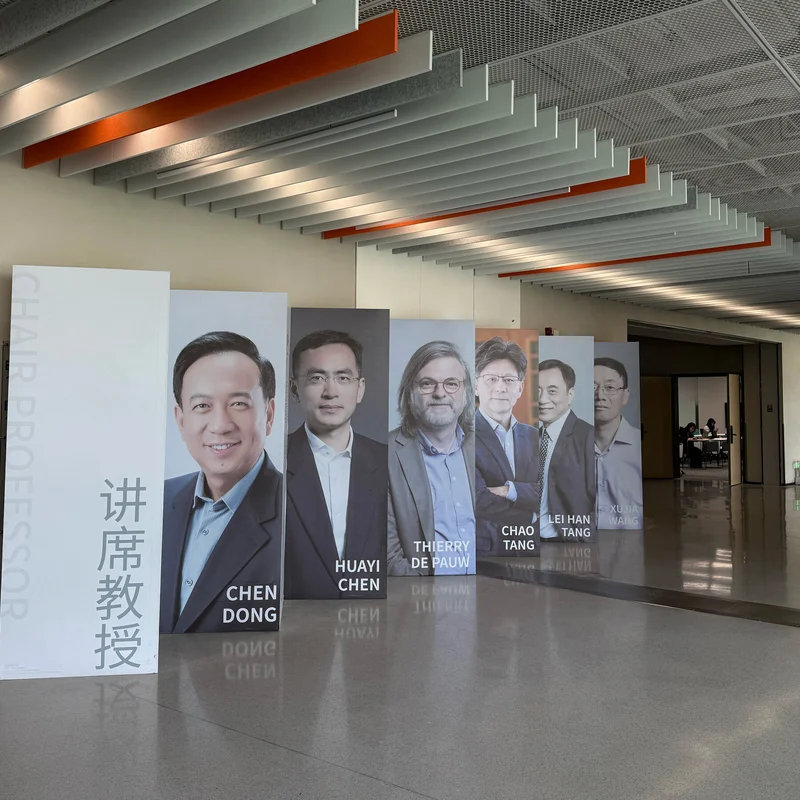The San Francisco rent market has entered a new era of frenzy—and artificial intelligence is the unlikely engine behind it. As AI startups flood the city with venture capital and hungry talent, residential rents have skyrocketed faster than anywhere else in the U.S., leaving locals scrambling and landlords celebrating.
Why San Francisco Rent Is Skyrocketing in 2025
According to real estate analytics firm CoStar, San Francisco rent prices jumped an average of 6% over the past year—more than double New York City’s 2.5% increase. The city now averages $3,315 per month for an apartment, just shy of NYC’s $3,360 national high .
But numbers only tell part of the story. Behind the surge is a wave of AI companies—many flush with fresh funding—leasing entire apartment blocks, offering rent stipends, and turning neighborhoods like SoMa and Mission Bay into high-priced tech enclaves.
AI Startups Are Rewriting the Rental Playbook
Take Cluely, a 22-year-old founder Roy Lee’s AI startup. After raising $5.3 million in venture capital, the company leased eight luxury apartments near its office—units ranging from $3,000 to $12,000 a month—in a building with rooftop bars, concierge service, and housekeeping .
“Going to the office should feel like you’re walking to your living room,” Lee told The New York Times. He even sleeps in the company’s office loft, calling the setup a “frat house” for productivity.
Other startups are following suit. Lindy, an AI software firm led by CEO Flo Crivello, offers employees a $1,000 monthly rent stipend to live within a 10-minute walk of the office—believing proximity boosts performance, retention, and work hours .
What This Means for Ordinary Renters
For non-tech residents, the competition has become brutal. Caroline Roche, a 25-year-old demand planner at a travel company, went on 25 apartment tours in one week before landing a one-bedroom near Golden Gate Park for $3,200—her max budget .
Others report showing up to viewings only to find lines of 20+ couples, same-day rejections, and applicants waving envelopes stuffed with thousands in cash to secure deposits on the spot.
“It was frustrating to just feel like you’re kind of doing things right in life—you have your job, you’re paying off your credit card—and you still aren’t in the demographic that can afford what you want,” Roche said.
Neighborhoods Under Pressure
Areas near AI company HQs are feeling the heat most intensely:
| Neighborhood | Rent Increase (Past Year) | Notable AI Presence |
|---|---|---|
| Mission Bay | 13% | OpenAI headquarters |
| SoMa (South of Market) | ~9% | Cluely, Anthropic, dozens of startups |
| Hayes Valley / Duboce Triangle | 7%+ | Lindy (formerly) |
Landlords who once waited weeks for applications now receive 1–3 qualified applicants the same day a unit is listed, according to Ryan Shane of Housing Guild Management Company .
Is There a Light at the End of the Tunnel?
San Francisco’s chief economist, Ted Egan, notes that while nominal rents are rising, they’re still below pre-pandemic levels when adjusted for inflation. But that’s cold comfort for service workers who left rent-controlled units during the pandemic and now can’t afford to return.
Mayor Daniel Lurie has pledged to expand affordable housing—even as he courts AI giants like Anthropic and OpenAI to anchor the city’s economic revival.
For now, the message is clear: in today’s San Francisco, if you’re not in AI, you’re at a serious disadvantage in the rental market.




